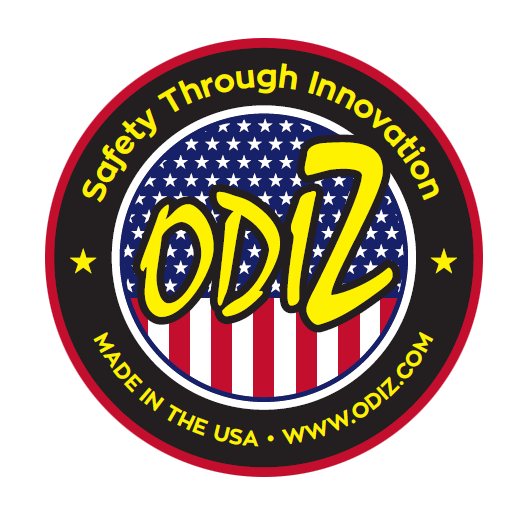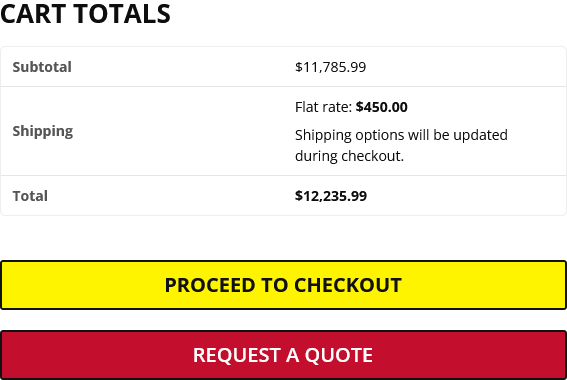OSHA Overhead & Gantry Crane Inspections
Professional overhead crane inspections and gantry crane safety services. Ensure your cranes meet 29 CFR 1910.179 & ASME B30.2 standards with our digital inspection app.
Overhead and gantry cranes are vital for moving heavy loads safely, but crane failures can have devastating consequences. OSHA requires documented inspections and trained personnel.
To request more information about this product or service, please complete the form below. You can also chat live with one of our specialists via the widget in the bottom-right corner of your screen or call us at (574) 318-4333.
OSHA Overhead & Gantry Crane Regulations You Need to Know
Overhead and gantry cranes require comprehensive safety inspections due to their size, load capacity, and complexity. OSHA and ASME standards under 29 CFR 1910.179 and ASME B30.2 mandate daily, monthly, and annual crane safety inspections.
29 CFR 1910.179
Overhead & Gantry Cranes
ASME B30.2
Overhead Crane Standards
ASME B30.17
Gantry Crane Standards
Daily/Monthly/Annual
Required Inspection Frequency
Common OSHA Crane Violations
The most frequent citations for overhead and gantry cranes that lead to serious OSHA violations and potential catastrophic accidents.
⚖️
Missing Load Ratings
Rated load not clearly marked on the crane or hoist, preventing operators from determining safe lifting capacity.
🪝
Defective Hooks
Hooks with cracks, deformation, or missing safety latches that create dropped load hazards.
🔗
Wire Rope & Chain Damage
Wire ropes or chains showing broken wires, crushing, or corrosion that compromise lifting capacity.
🚨
Inoperable Safety Systems
Limit switches, brakes, or warning devices not tested or inoperable, creating operational hazards.
⚡
Electrical Violations
Unsafe or exposed electrical wiring violating NFPA 70 requirements for crane electrical systems.
🛑
Missing Safety Features
Missing runway end stops or damaged bumpers that fail to prevent crane overtravel.
📋
Inadequate Inspections
Operators not performing daily pre-use inspections or missing documented monthly/annual inspections.
🔧
Unauthorized Modifications
Unauthorized modifications to hoists, wiring, or structure that compromise crane safety systems.
Why Crane Inspections Matter
Improperly maintained cranes can cause devastating consequences that affect workers, operations, and regulatory compliance. Regular overhead crane inspections prevent catastrophic failures.
- Dropped loads and struck-by hazards leading to severe injury or death
- OSHA fines under §1910.179 for missing records or defective parts
- Costly downtime and equipment damage if hoists or brakes fail
- Liability exposure in the event of a catastrophic accident
Regular inspections help identify problems early, extend equipment life, and ensure compliance.
SAFETY FIRST
OSHA & ASME Standards
Crane safety is governed by comprehensive OSHA and ASME standards covering structure, hoists, hooks, brakes, limit switches, and operator training.
29 CFR 1910.179
Overhead & Gantry Cranes
Comprehensive OSHA requirements for inspection, operation, and maintenance of overhead and gantry cranes.
ASME B30.2 & B30.17
Crane Safety Standards
ASME standards for overhead and gantry crane safety referenced by OSHA for detailed technical requirements.
OSHA 3120
Crane Safety Guidance
Plain-language OSHA guidance for crane, derrick, and hoist safety covering inspection and operation.
NFPA 70 (NEC)
Electrical Safety Requirements
National Electrical Code requirements for crane wiring, controls, and electrical safety systems.
The Smarter Way to Stay Compliant
Our OSHA Crane Inspection App simplifies compliance with comprehensive tracking and automated reporting for all crane safety requirements.
🏗️
Complete Crane Documentation
Tracks crane ID, manufacturer, load capacity, and control type for comprehensive crane inventory management.
📋
Multi-Level Inspections
Documents daily operator inspections, monthly records, and annual qualified inspections per §1910.179.
🔍
Component Safety Checks
Guides checks for hooks, ropes, brakes, controls, and limit switches with ASME B30.2 criteria.
🚨
Defect Management
Flags defects and automatically generates reports for immediate corrective action and compliance.
📊
Audit-Ready Records
Stores inspection history for audit-ready OSHA compliance with complete documentation trails.
🎓
Load Test & Training
Supports load test documentation and operator training records for complete compliance management.
Overhead and gantry cranes are heavily regulated and highly visible to OSHA inspectors. Ensure complete compliance and safety.
Stay Ahead of OSHA Citations
Overhead and gantry cranes are heavily regulated and highly visible to OSHA inspectors. With our inspection solution, you can ensure complete compliance and safety.
Comply with Standards
Meet §1910.179 and ASME B30.2/B30.17
Prove Inspection History
Document all required inspections
Reduce Failure Risk
Prevent dropped loads and failures
Protect Workers
Verify safe equipment operation
Overhead & Gantry Crane Compliance FAQs
Common questions about OSHA overhead and gantry crane inspections, safety requirements, and compliance standards.
How often must cranes be inspected?
Daily: Visual inspection by operator before use (§1910.179(j)(3)). Monthly: Documented inspections signed and dated (§1910.179(j)(2)(ii)). Annually: Comprehensive inspection by a qualified person (§1910.179(j)(2)(iii)).
When is a load test required?
A load test (not to exceed 125% of rated capacity) is required after installation or major repair according to §1910.179(k). This ensures the crane can safely handle its rated capacity.
Do hooks need safety latches?
Yes. Hooks must have functional safety latches unless designed for specific applications according to ASME B30.10 guidance. Safety latches prevent accidental load release.
Are operators required to be trained?
Yes. Operators must be trained and qualified per employer policy and OSHA requirements under §1910.179(b)(8). Training must cover safe operation, inspection, and hazard recognition.
What are the key components to inspect on overhead cranes?
Key components include hooks, wire ropes/chains, brakes, limit switches, controls, electrical systems, runway end stops, and structural elements. Each component has specific inspection criteria under ASME B30.2.
What documentation is required for crane inspections?
OSHA requires documented monthly and annual inspections with signatures and dates. Records must include deficiencies found, corrective actions taken, and qualified person certifications for annual inspections.


